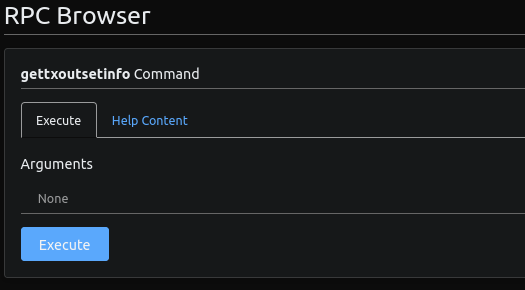Do you know how many dollars have ever been printed?
Do you know how much gold has ever been mined?
The answer to both of those questions is no. Certain government individuals may be privy to information that allows them to make an educated guess, but the fact is nobody on earth can answer those questions with any sort of accuracy. Bitcoin is different.
For the first time in human history, anyone has the freedom to find out the exact total supply of a global monetary asset, without the need to ask for permission or rely on anyone else. All that’s required is a node and around 10 minutes of your time.
How?
Verifying the total supply of all bitcoins in existence is significantly easier than you might imagine. If you have your own node, you can do this any time you like, as often as you like, safe in the knowledge that you are only trusting your own hardware and open sourced software to verify for you.
Stand Alone Nodes
- Set up your node and wait for your initial block download to complete
- SSH in to your node. Instructions to do this will be found in your node’s documentation pages. Mac + Linux users should do this via ‘Terminal’ and Windows users can download and use Putty
- Enter the following command
bitcoin-cli gettxoutsetinfo - Wait. Depending on your hardware, this could take up to 10 minutes
Stand Alone Nodes (non SSH version)
Most of the popular node implementations now come packaged with a local version of this explorer which allows you to execute RPC commands through the GUI. Simple navigate to the ‘RPC browser’ section and click on gettxoutsetinfo and then execute.
Once again, depending on your hardware this may take up to 10 minutes.

Bitcoin Core
- Download and install Bitcoin Core then wait for your initial block download to complete
- Open ‘console’ within Bitcoin Core and enter
gettxoutsetinfo - Wait. Depending on your hardware, this could take up to 10 minutes
Other options
Once connected to your node, the following applications allow you to verify the supply at the click of a button
After a short wait, you should see a response that looks like this…
{
"height": 655987,
"bestblock": "00000000000000000002c5f4af7514bdbfcbe6bb5beff57329f9e418024dab7e",
"transactions": 42277264,
"txouts": 68674534,
"bogosize": 5155427851,
"hash_serialized_2": "85a745a8739f6907bd0cff3ffaccbc29e5545a85aee8aca8b38daabe8a790442",
"disk_size": 4216833480,
"total_amount": 18537233.94446619
}
Calculations
So how did my node come to the conclusion that, at the time I ran gettxoutsetinfo there were a total of 18,537,233.94446619 bitcoins in existence out of the known final supply cap of a little under 21,000,000?
Bitcoin has a fixed emission schedule that decreases with each halving event which occurs every 210,000 blocks (roughly four years). These periods are sometimes referred to as ‘reward eras’. Here is a summary of the supply throughout the historical eras up to time of writing.
- Reward era 1 = 50 bitcoins per block
- Reward era 2 = 25 bitcoins per block
- Reward era 3 = 12.5 bitcoins per block
- Reward era 4 (current) = 6.25 bitcoins per block
Now that we understand that we can calculate the expected amount of bitcoins at any given block height.
- Reward era 1 = (50 * 210,000) = 10,500,000
- Reward era 2 = (25 * 210,000) = 5,250,000
- Reward era 3 = (12.5 * 210,000) = 2,625,000
- Reward era 4 = (6.25 * (655,987 - 629,999)) = 162,425
655,987 = The block height at time of running gettxoutsetinfo
629,999 = The height of last block before the current reward era
If we minus one from the other, we determine how many blocks have passed during the current reward era
Add them all together and we get 18,537,425 of expected supply.
However, my node calculated that, at block height 655,987 there were in fact 18,537,233.94446619.
Missing Bitcoin?
Why would my node calculate that there are actually 191.05553381 less bitcoins in existence that the known emission schedule suggests there should be?
There are a number of reasons that are outlined in great detail in this article by Fjhar or you can read a shorter version in this Bitcoin Stack Exchange answer.
Here is a very brief summary…
- It’s hard coded into the Bitcoin code that the genesis block reward can’t be spent and does not form part of the UTXO set
- Duplicate TxID bug outlined in BIP30
- OP_RETURN ‘burned’ coins
- Miners not claiming the full block reward